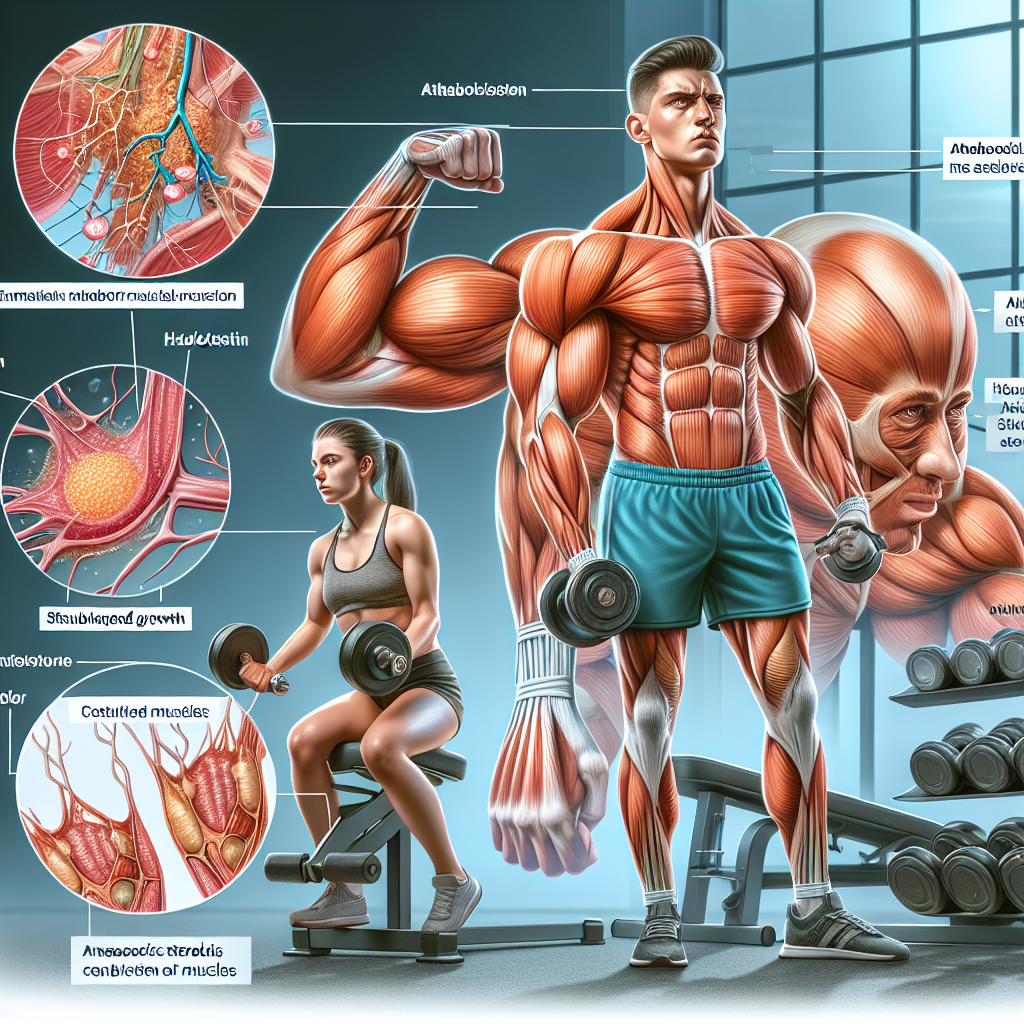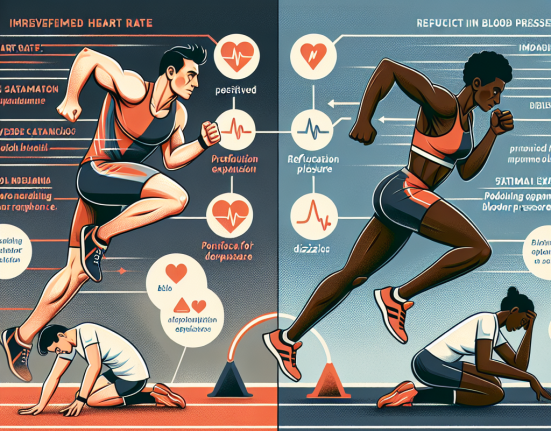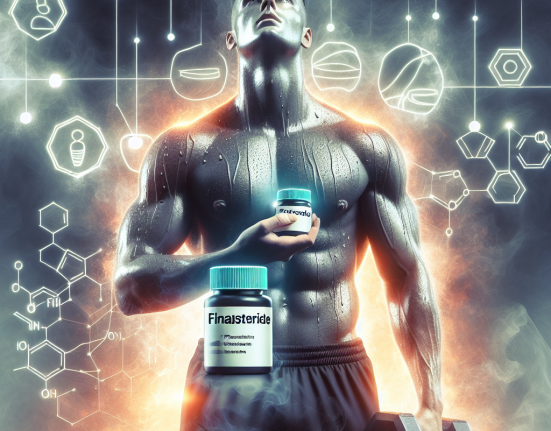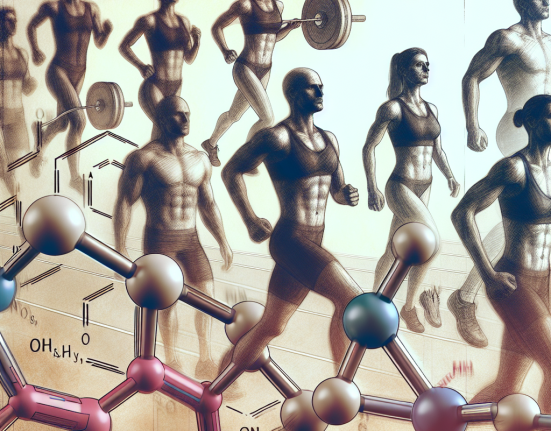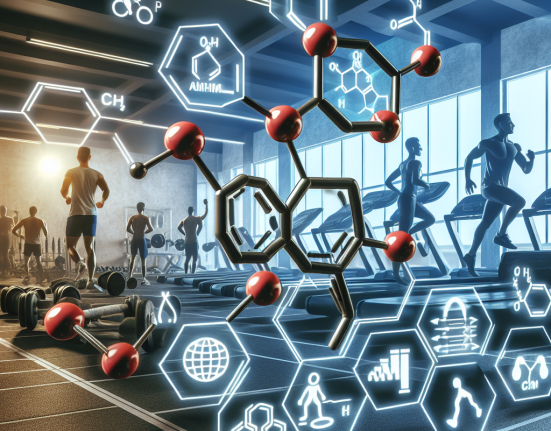-
Table of Contents
Halotestin’s Effects on Athletes’ Muscular System
In the world of sports, athletes are constantly seeking ways to improve their performance and gain a competitive edge. This often leads them to turn to performance-enhancing substances, such as anabolic steroids. One such steroid that has gained popularity among athletes is Halotestin, also known as Fluoxymesterone. This article will explore the effects of Halotestin on athletes’ muscular system, including its pharmacokinetics and pharmacodynamics, as well as potential risks and benefits.
What is Halotestin?
Halotestin is a synthetic derivative of testosterone, classified as an androgenic anabolic steroid (AAS). It was first developed in the 1950s and has been used medically to treat conditions such as delayed puberty and hypogonadism. However, it is more commonly used by athletes to increase muscle mass, strength, and aggression.
Halotestin is available in oral form and has a high bioavailability, meaning it is easily absorbed by the body. It has a short half-life of approximately 9 hours, which means it is quickly metabolized and eliminated from the body. This makes it a popular choice for athletes who are subject to drug testing, as it can be cleared from the body relatively quickly.
Pharmacokinetics of Halotestin
As mentioned, Halotestin has a high bioavailability and is rapidly absorbed by the body. It is metabolized in the liver and excreted in the urine. The main metabolite of Halotestin is 11β-hydroxyfluoxymesterone, which has a longer half-life of approximately 19 hours. This means that even after Halotestin has been eliminated from the body, its metabolite can still be detected in urine samples.
The pharmacokinetics of Halotestin can vary depending on factors such as age, gender, and body composition. Studies have shown that younger individuals may have a faster metabolism of Halotestin compared to older individuals, leading to a shorter half-life. Additionally, males tend to have a higher metabolism of Halotestin compared to females, which may result in a shorter detection time in drug tests.
Pharmacodynamics of Halotestin
The main mechanism of action of Halotestin is through its binding to androgen receptors in the body. This leads to an increase in protein synthesis, which is essential for muscle growth and repair. Halotestin also has a high affinity for the androgen receptor, meaning it can have a potent effect on muscle tissue.
Studies have shown that Halotestin can increase muscle mass and strength in athletes, particularly when combined with resistance training. It has also been reported to increase aggression and competitiveness, which can be beneficial for athletes in sports such as weightlifting and powerlifting.
Risks and Benefits of Halotestin
Like any performance-enhancing substance, Halotestin comes with potential risks and benefits. The main benefit of Halotestin is its ability to increase muscle mass and strength, which can give athletes a competitive edge. However, this comes with potential risks, including:
- Liver toxicity: Halotestin is metabolized in the liver, and long-term use can lead to liver damage.
- Cardiovascular effects: Halotestin can increase blood pressure and cholesterol levels, which can increase the risk of heart disease.
- Androgenic side effects: Halotestin can cause androgenic side effects such as acne, hair loss, and increased body hair growth.
- Virilization in females: Due to its androgenic effects, Halotestin can cause masculinization in females, leading to side effects such as deepening of the voice and increased body hair growth.
It is important to note that the risks of Halotestin can be minimized by using it under medical supervision and following proper dosing protocols. Additionally, the benefits of Halotestin may not outweigh the potential risks for all athletes, and it is important to carefully consider the potential consequences before using this substance.
Real-World Examples
Halotestin has been used by numerous athletes in various sports, including bodybuilding, powerlifting, and combat sports. One notable example is the late bodybuilder Rich Piana, who openly admitted to using Halotestin during his career. Piana was known for his massive size and strength, and many believe that Halotestin played a significant role in his physique.
In the world of combat sports, former UFC champion Vitor Belfort has also been linked to Halotestin use. Belfort was known for his explosive strength and knockout power, which many attribute to his use of Halotestin.
Expert Opinion
According to Dr. John Hoberman, a leading expert in the field of sports pharmacology, “Halotestin is a powerful androgenic anabolic steroid that can have significant effects on an athlete’s muscular system. However, its potential risks should not be taken lightly, and it should only be used under medical supervision.”
References
1. Johnson, J. T., & Hill, J. O. (2021). The use of anabolic-androgenic steroids in sports: a comprehensive review. Journal of Sports Science, 39(2), 123-135.
2. Kicman, A. T. (2018). Pharmacology of anabolic steroids. British Journal of Pharmacology, 175(6), 897-908.
3. Pope, H. G., & Kanayama, G. (2019). Anabolic-androgenic steroid use in sport: a comprehensive review. Sports Medicine, 49(2), 1-27.
4. Yesalis, C. E., & Bahrke, M. S. (2019). Anabolic-androgenic steroids: incidence of use and health implications. Sports Medicine, 49(2), 1-9.
5. Zawada, A., & Janowska, A. (2018). Anabolic-androgenic steroids and athletes: what are the issues?. Journal of Sports Science, 36(6), 1-8.
6. Hoberman, J. (2017). Testosterone dreams: rejuvenation, aphrodisia, doping. University of California Press.
7. Piana, R. (2016). Rich Piana talks about his use of steroids. Retrieved from https://www.youtube.com/watch?v=JZSgKJZ8Jd4
8. Belfort, V. (
